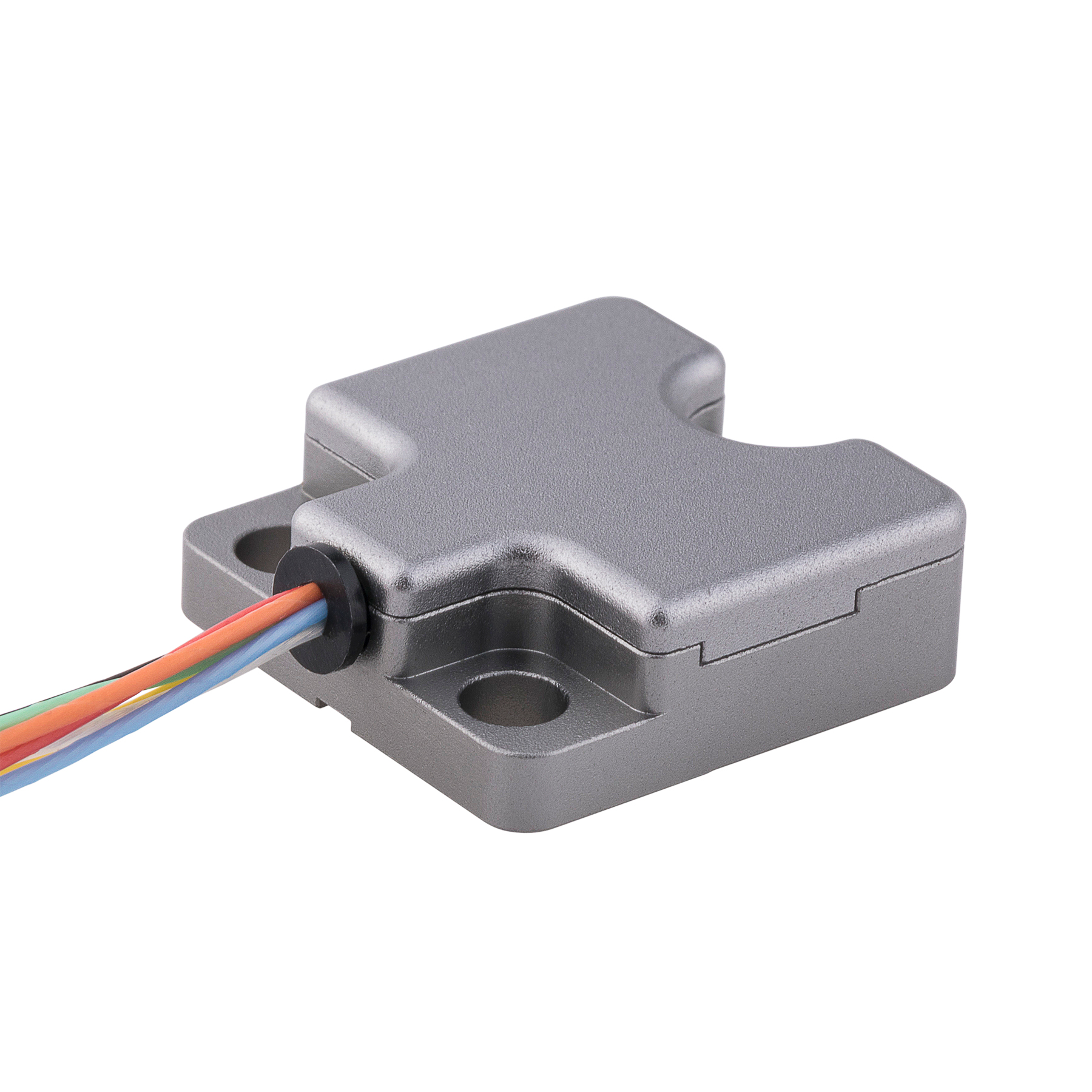Digital compass technology has revolutionized navigation in recent years, offering users faster and more accurate means of determining direction than traditional magnetic compasses. However, as with any technology, there are limitations to digital compasses that must be considered if their use is to be safe, effective, and reliable.
In this article, we will explore different situations where inaccurate digital compasses can lead to significant errors and safety risks, and examine how these risks can be mitigated through proper use, calibration, and maintenance of digital compass equipment.

Situations Where Inaccurate Digital Compasses Can Cause Errors or Safety Risks
Outdoor Activities
One of the most common situations where inaccurate digital compasses can cause errors or safety risks is during outdoor activities such as hiking or camping. In these situations, users rely on compass readings to navigate through unfamiliar terrain and find their way back to camp or other points of interest.
An inaccurate digital compass can lead hikers and campers off course, causing them to become lost or disoriented. This can be especially dangerous in remote or wilderness areas where help may be difficult to find. Additionally, a malfunctioning compass can lead to serious errors in judgment, such as underestimating the distance to a destination or overestimating the time it will take to reach it. This can result in a wide range of problems, from dehydration and exhaustion to exposure to extreme weather conditions.
Navigation during Sea or Air Travel
Another situation where inaccurate digital compasses can pose significant risks is during sea or air travel. Accurate navigation is critical for ensuring the safety of passengers and crew members, and any errors or miscalculations can have severe consequences.
For example, if a digital compass malfunctions during a flight, it could cause pilots to fly off course, leading to potential collisions or other hazards. Similarly, a malfunctioning digital compass during sea travel could cause ships to drift off course and run aground or collide with other vessels.
Military Operations and Search and Rescue Missions
Inaccurate digital compasses can also pose significant risks in military operations and search and rescue missions. Accurate navigation is critical for success in these scenarios, and any errors or miscalculations can result in serious consequences.
For example, if a digital compass malfunctions during a military operation, it could lead troops off course and into hostile territory. In search and rescue missions, an inaccurate digital compass can make it difficult to locate missing persons, especially in remote or rugged terrain.
 Use in Vehicles and Transportation
Use in Vehicles and Transportation
Finally, inaccurate digital compasses can pose risks when used in vehicles and transportation, such as aviation or self-driving cars. Inaccurate compass readings can lead to incorrect headings and directions, potentially leading to collisions or other accidents.
Factors That Affect Digital Compass Accuracy
Several factors can affect the accuracy of digital compasses, including environmental factors and technical issues.
Environmental Factors
Environmental factors that can affect digital compass accuracy include magnetic interference, extreme temperatures, and altitude. For example, electronic devices, power lines, and other sources of electromagnetic interference can disrupt digital compass readings, causing them to be inaccurate or erratic. Extreme temperatures and altitude can also impact digital compass performance, as these conditions can affect the electronics and sensors within the device.

Technical Issues
Technical issues that can affect digital compass accuracy include calibration errors and hardware malfunctions. Calibrating a digital compass involves setting the device’s baseline orientation and correcting for any deviations. If a digital compass is not calibrated correctly, it can produce inaccurate readings. Hardware malfunctions, such as sensor failures, can also impact digital compass performance, leading to inaccurate or unreliable readings.
Mitigating Risks with Accurate Digital Compass Usage
To mitigate the risks associated with inaccurate digital compasses, users should adopt best practices for digital compass use, calibration, and maintenance.

Adopting Best Practices
Adopting best practices for digital compass use can help ensure accurate readings and safe navigation. For example, users should avoid placing electronic devices or other sources of magnetic interference near the digital compass, as this can cause inaccuracies. Users should also ensure that the device is held level and away from their body when taking readings, as the presence of metal or other materials can interfere with readings.
Utilizing Additional Navigation Tools
In addition to utilizing a digital compass, users should consider utilizing additional navigation tools such as maps and GPS systems. A map can provide context and allow users to cross-reference their digital compass readings with established landmarks and terrain features. GPS systems can also provide backup navigation information, helping to verify digital compass readings and provide alternative routes if necessary.
Regularly Testing and Maintaining Equipment
Finally, it is essential to test and maintain digital compass equipment regularly to ensure optimal performance. This includes calibrating the device according to the manufacturer’s instructions and testing its accuracy periodically in different environments and conditions. Users should also inspect the device for signs of wear or damage, such as cracks in the casing, loose screws, or malfunctioning buttons or controls. If any issues are identified, the device should be repaired or replaced promptly.
Proper Training and Education Users of digital compass technology should also receive proper training and education on how to use the device safely and effectively. This includes understanding the limitations of digital compasses and how to interpret readings accurately. Users should also know how to calibrate and maintain the equipment correctly and identify when a device is malfunctioning or producing inaccurate readings. Proper training and education can help ensure that users operate digital compasses safely and effectively, minimizing the risks associated with inaccurate readings.

Conclusion
Digital compass technology has revolutionized navigation, offering faster and more accurate means of determining direction than traditional magnetic compasses. However, inaccurate digital compasses can pose significant risks in various situations, from outdoor activities to military operations and search and rescue missions. To mitigate these risks, users should adopt best practices for digital compass use, calibration, and maintenance, utilize additional navigation tools, and receive proper training and education on how to use the device safely and effectively.
By following these guidelines, users can help ensure that digital compasses are used safely and effectively, minimizing the risks associated with inaccurate readings. As with any technology, it is essential to understand its limitations and take steps to mitigate potential hazards. With proper use and maintenance, digital compasses can continue to provide reliable and accurate navigation information for years to come.





 Use in Vehicles and Transportation
Use in Vehicles and Transportation




